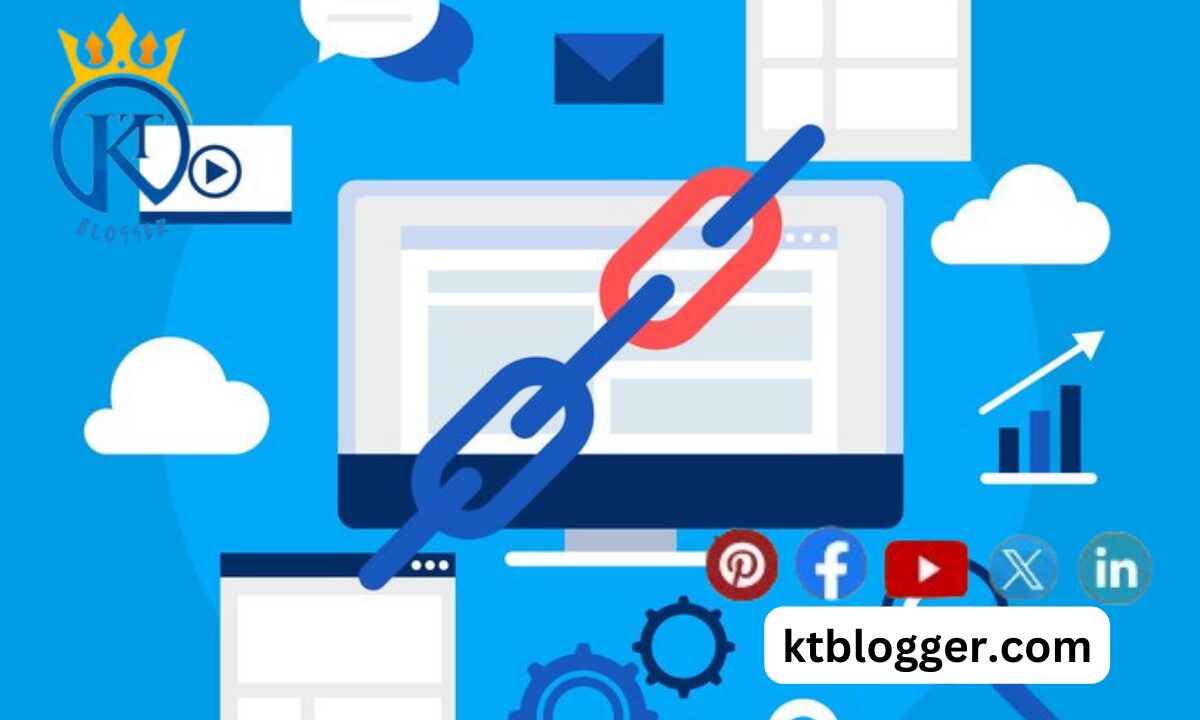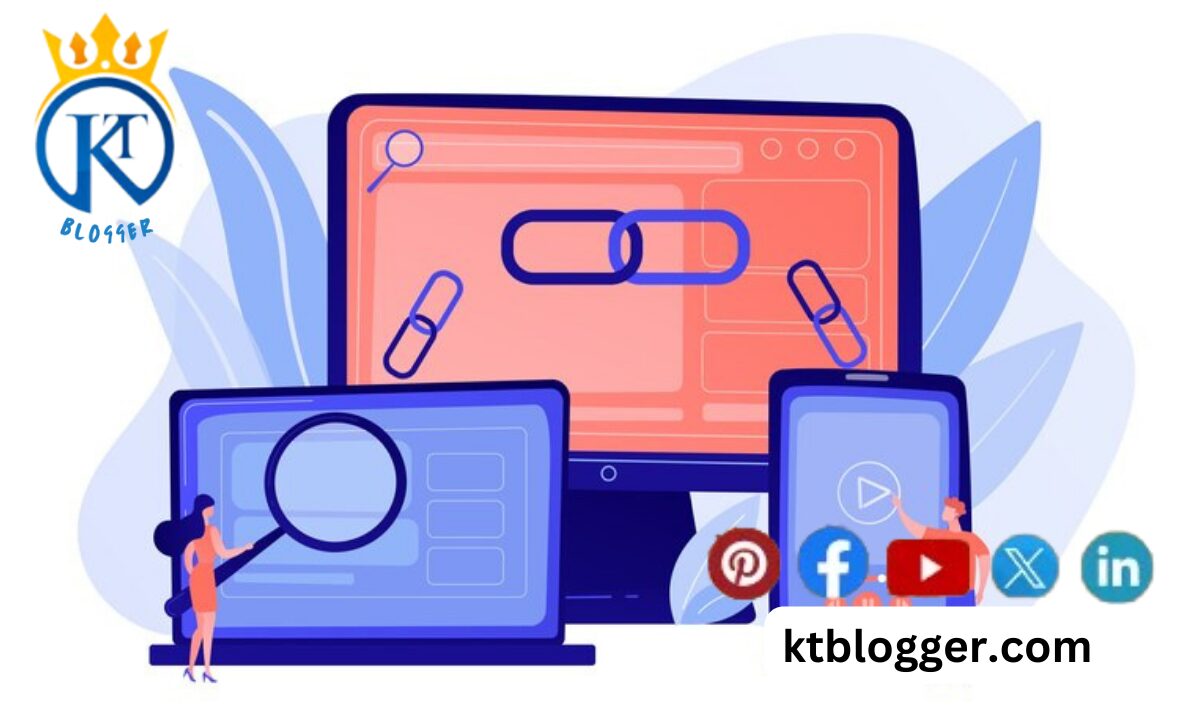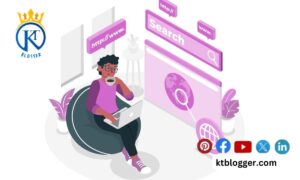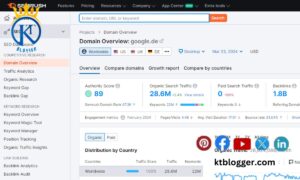Internal linking is a really important part of SEO. It helps search engines like Google understand your website better. When they understand it better, they might show it higher in search results.
But how many internal links per post? And what’s the best way to make a plan for linking pages together In this blog post, I’ll talk about these questions and share some tips to help you make a good plan for linking pages inside your website.
Wondering how many internal links to sprinkle in your blog post? There’s no magic number, but aiming for a strategic dance between SEO benefits and reader experience is key. Consider the post length and content; you can always link to relevant past articles or informative pages on your site to keep readers engaged and boost your website’s traffic!
Content
Internal Links
If you want your website to show up higher on search engines, you need to pay attention to internal linking.
So, what are internal links? They’re basically links that connect one page on your website to another page on the same website. Unsure about the exact number of internal links per post? Don’t worry, you’re not alone! While there’s no magic calculator, strategically linking your content with relevant internal links improves user experience, and SEO power, and helps search engines understand your content structure.
You might not notice them much because they’re not like the links from other websites, which are called external links. But don’t underestimate them – internal links are very important!
Here’s why: They help search engines like Google understand your website better. By linking different pages together, you’re showing Google how they’re all related, which helps it figure out what your site is all about.
In simple terms, internal links are a big deal when it comes to getting your website noticed by search engines.
How Many Internal Links Per Post?
Now, let’s talk numbers. How many internal links should you have on each page?
Well, there’s no one-size-fits-all answer. But as an SEO expert I think, if you have a 1500-word article, it’s good to include around 3 internal links within the text. Similarly, for a 2000-word article, including around 5 or 6 internal links is advisable.
This keeps things balanced – not too many links to overwhelm your readers, but enough to connect them to other relevant pages.
However, some other experts suggest that it is beneficial to have 5-10 internal links in a post of 2000+ words.
Understanding Different Types of Internal Links
Before you start using internal links on your website, it’s important to know about the different types available to you. These types of links serve various purposes and can help improve your website’s navigation and user experience.

1. Contextual Links
Contextual links are links found within your text. They give more details on what you’re talking about. For example, if you’re writing about gardening and mention a specific plant, you can link to a page with more detailed information about that plant.
These links blend into your content smoothly. They help readers find more information. Search engines like Google see contextual links as signs that your content matters.
Navigational links are like signposts on your website. They’re found in the menu and help visitors explore your site. For example, on a clothing website, you might see links for “Men’s Clothing,” “Women’s Clothing,” and “Accessories.”
Now, these links make it easy for the audience to find what they want on your site. This is crucial for ensuring a smooth and enjoyable browsing experience.
Footer links are located at the bottom of your web pages, typically in the footer section. They often include links to important pages such as the homepage, contact page, about page, and terms of service. Footer links serve as a convenient way for users to access essential information regardless of where they are on your site.
Footer links can enhance your website’s usability and accessibility. They’re particularly helpful for users who like to navigate by scrolling to the bottom of the page.
4. Image Links
Image links are like regular links, but they’re in pictures on your website. Instead of words, they use pictures to send people to different pages. For example, if you sell furniture online, clicking on a picture of a sofa might take you to the page where that sofa is for sale.
Using image links makes your website more interesting visually. They help display products or services attractively.
Implementing Internal Linking Tactics
Now, let’s talk about how you can plan your internal links like a pro.
Link Types
Start by understanding the types of links you can use. As you already know, there are four types as discussed above: contextual, navigational, footer, and image links.
Use Anchor Texts
Anchor texts are the words you click on to go to another page. They’re important for internal linking.
For example, if you’re linking to a page about your products, you might use the words “our products” as the anchor text.
By using these words, you tell people what they’ll find on the other page. It makes navigating your site easier.
Choosing the Right Pages to Link
It’s important to link to pages that fit with what you’re talking about. If your article is about cats, it makes sense to link to other articles about cats, not about birds.
Don’t Use Too Many Links
As I said before, don’t add too many internal links to your web pages. It can confuse your readers and make your page seem spammy.
A good idea is to keep the number of internal links to about 5 or 6 per post. That way, readers have options without feeling overwhelmed.
You can include more image links than text links since they don’t take up as much space.
Adding New Links to Old Articles
It’s good to put new links in old posts because it helps people find your new content. For example, if a blog post from a few months ago is popular, you can put a link to one of your newer posts in it. This way, more people will see your new content and stay on your website longer.
Link to Your Best Pages
Every website has pages that people love. Make sure to put links to your best pages in your content so more people can see them.
Your best pages might be your product pages, your contact pages, or your most popular blog posts. Use the traffic these pages get to help your whole website.
Think About How Your Website is Organized
How you organize your website is important when you decide where to put links. If you have lots of pages, you should put more links, so people can find what they want. If your website is smaller, you might not need as many links because it’s easier for people to find things.
FAQs
Should I add Internal links on Pages with more or less Traffic?
Yes, it’s a good idea to add internal links on pages with both high and low traffic. On high-traffic pages, internal links can guide visitors to other parts of your site, while on low-traffic pages, they can boost visibility and engagement. Overall, it improves user experience and website structure.
Are Internal links considered Backlinks?
No, internal links remain within your website’s domain and do not originate from external sources. Backlinks, conversely, are external links pointing to your domain.
Summing Up
There isn’t a fixed number of links you should add to each page for internal linking. It depends on the specific page.
Creating a plan for internal linking can make your website easier to find on search engines and easier to use. If you stick to these ideas, you can make a linking plan that helps your website in many ways.
So, how many internal links per post? It depends on the type of link, how relevant the pages are, and how many other links are already there. My suggestion is to aim for about five or six internal links per page.





